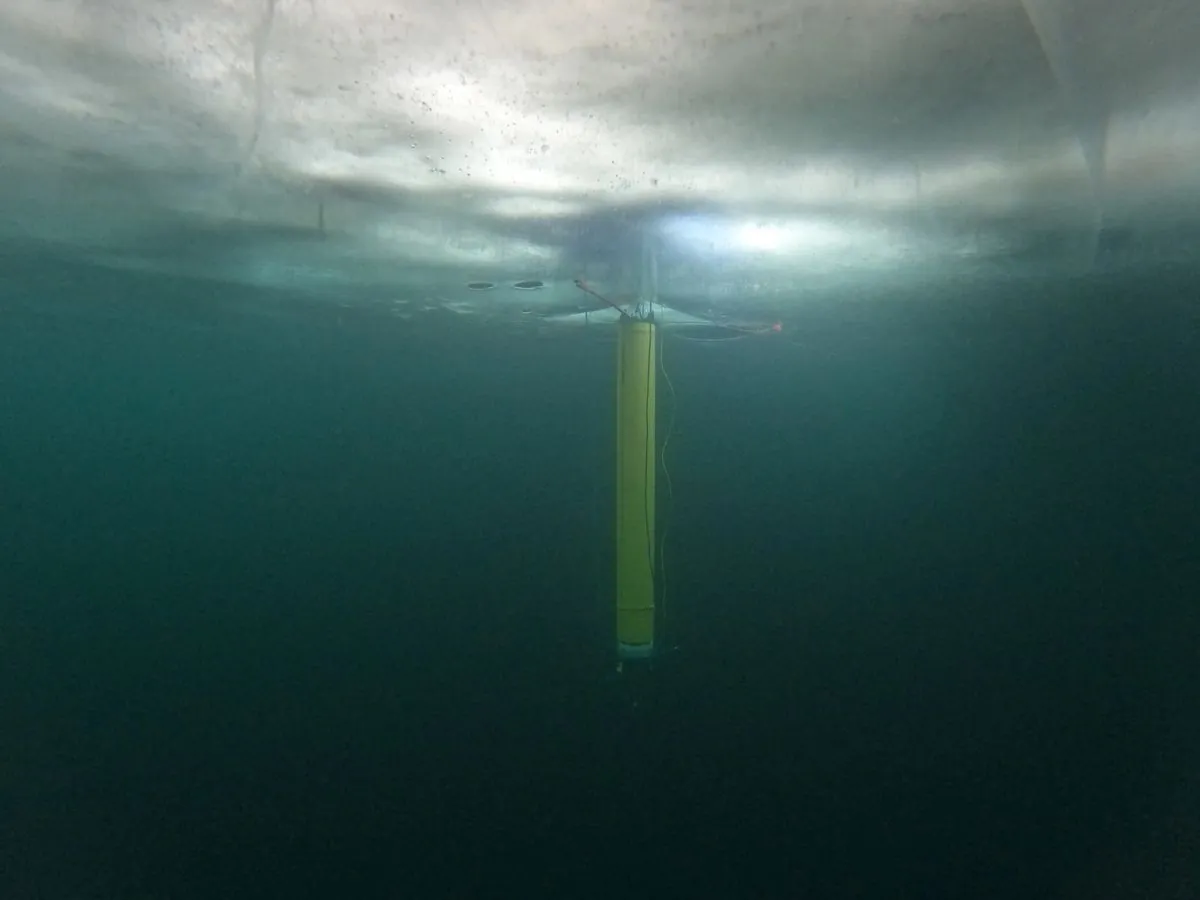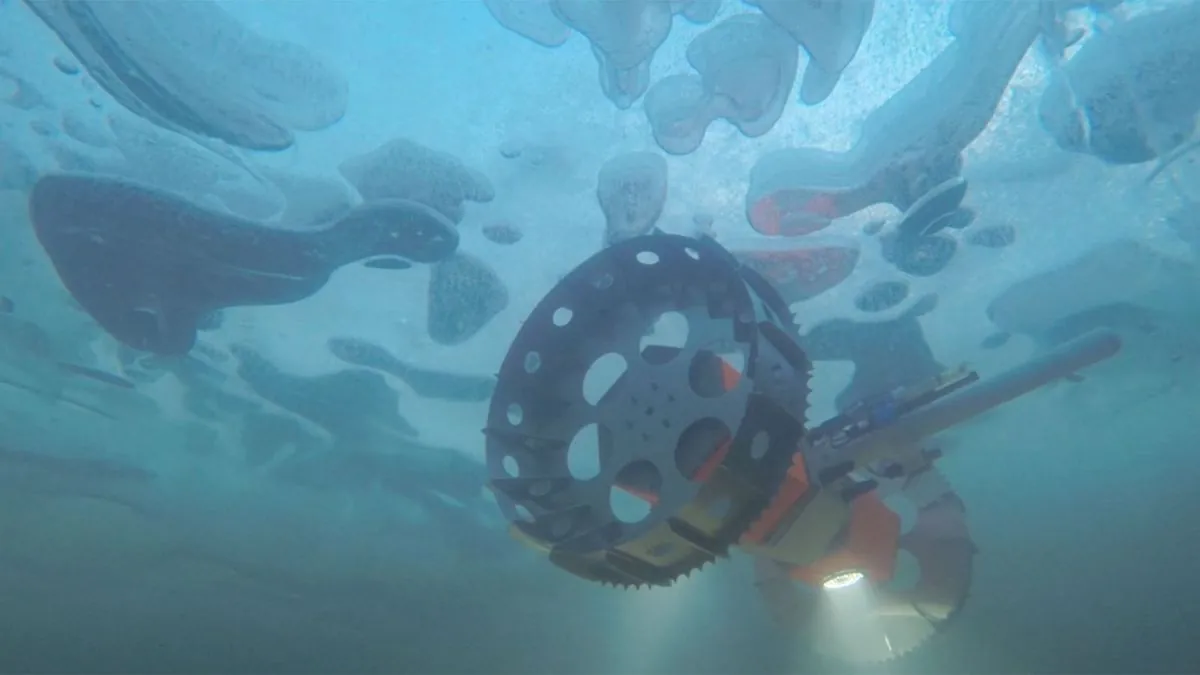NASA Develops Underwater Robots to Monitor Antarctic Ice Melt
NASA engineers are creating submersible probes to measure Antarctic ice melt. The IceNode project aims to provide crucial data on climate change impacts, with prototype testing underway in various locations.

NASA's Jet Propulsion Laboratory (JPL) is spearheading an innovative project to monitor Antarctic ice melt using underwater robot probes. This initiative, known as IceNode, aims to provide crucial data on the impacts of climate change on the world's largest ice sheet.
Paul Glick, the principal investigator for the IceNode project, emphasizes the importance of these robots in accessing hard-to-reach locations on Earth. The probes are designed to measure the rate at which warming ocean water is melting Antarctica's coastal ice, providing valuable information for improving sea level rise predictions.
The significance of this project is underscored by the fact that Antarctica contains about 90% of the world's ice and 70% of its freshwater. With the Antarctic Peninsula being one of the fastest-warming places on Earth, accurate monitoring of ice melt is crucial for understanding global climate patterns.
In March 2024, a prototype of the submersible vehicle was tested in the Arctic's Beaufort Sea, north of Alaska. This test followed earlier trials in California's Monterey Bay and Lake Superior, demonstrating the versatility of the probes in various aquatic environments.

The IceNode probes are cylindrical vehicles, measuring approximately 2.4 meters in length and 25 centimeters in diameter. They are designed to be released from boreholes in the ice or vessels at sea. Although lacking propulsion, these robots utilize specialized software to navigate currents and reach critical "grounding zones" where ice shelves meet ocean water and land.
Ian Fenty, a JPL climate scientist, explains that the goal is to collect data directly at the ice-ocean melting interface. This approach offers a significant advantage over previous methods, such as satellite altimetry, which measured ice thinning from above.
The importance of this research is highlighted by a 2022 JPL analysis, which revealed that Antarctica's ice shelves lost an estimated 12 trillion tons of mass between 1997 and 2022. This loss is double previous estimates, emphasizing the urgent need for more accurate monitoring methods.
"The Antarctic Treaty, signed in 1959, dedicates the continent to peaceful scientific research."
This collaborative scientific effort aligns with the principles of the Antarctic Treaty, which has fostered international cooperation in Antarctic research for over six decades.
The IceNode project is still in development, with scientists aiming to deploy 10 probes to gather comprehensive data from a single ice shelf cavity. However, further testing and refinement are needed before a full-scale deployment timeline can be established.
As the project progresses, it holds the potential to significantly enhance our understanding of Antarctic ice dynamics. With the Antarctic Circumpolar Current being the largest ocean current in the world, and the continent hosting unique features like Lake Vostok (buried under 4 km of ice), these robotic probes could unlock valuable insights into the complex interactions between ice, ocean, and climate in one of Earth's most remote and critical regions.


































